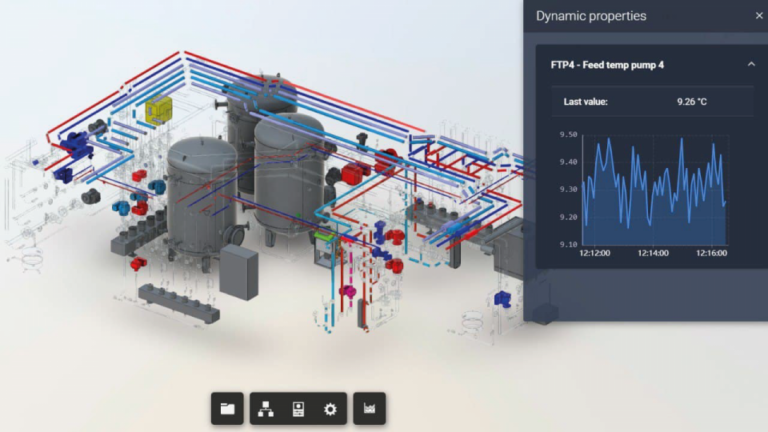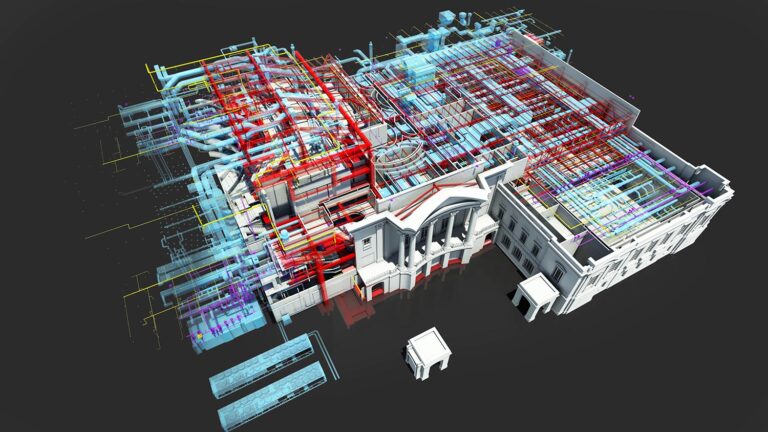Building Information Modeling (BIM) is a process based on the use of intelligent 3D models. With this technology, Architecture and Construction (AEC) specialists can plan, design, build and operate buildings, structures and infrastructure facilities even more efficiently.

The use of ready-made catalogs allows you to significantly speed up the process of creating a model, get correct specifications and issue design (PD) and working (RD) documentation in accordance with regulatory standards.
IM Consult develops and maintains catalogs of 3D elements for the AVEVA software package. This will allow AVEVA customers to use the most up-to-date electronic library of equipment for the construction of engineering facilities using the manufacturer's products.


Catalogs are the basis of the entire project. The main part of the model consists of catalog elements, so it is fundamentally important to ensure that there are no errors, both in the geometric component for correct display and evaluation on object collisions, and in the descriptive part – for the correct output of reports.
Using ready-made catalogs AVEVA will allow:
- Significantly reduce the time for designing objects
- Reduce possible design errors
- Make the necessary changes quickly and efficiently
- Use the current library of the manufacturer's products
- Get correct documentation according to regulatory standards
The process of creating a catalog
The first stage of creating a database of catalog elements in AVEVA Paragon is the collection, preparation and verification of all necessary information. The source data may include standards, specifications, data tables, terms of reference, questionnaires, product drawings, etc. At this stage, the structure of the future catalog and the identification of catalog elements are also being developed.

The next stage of database formation is the creation of catalog components. For each individual component with a unique geometric shape, regardless of the standard or material, a corresponding element is created in the database. In the future, the required amount of attribute information is assigned to each element, sufficient for the correct operation of the catalog component. The amount of information may vary depending on the goals and objectives of the project.
After the geometry of the element is formed and all the necessary attribute information is assigned, specifications are formed, which the end user will use in the course of his work.

To make sure that the catalogs and specifications work correctly, at the final stage, a complete check of the generated database of elements in different modules of the AVEVA software package is performed. Ready-made catalogs are delivered to the customer.
Author: Alexey Korsun, AVEVA CAD specialist at IM Consult








